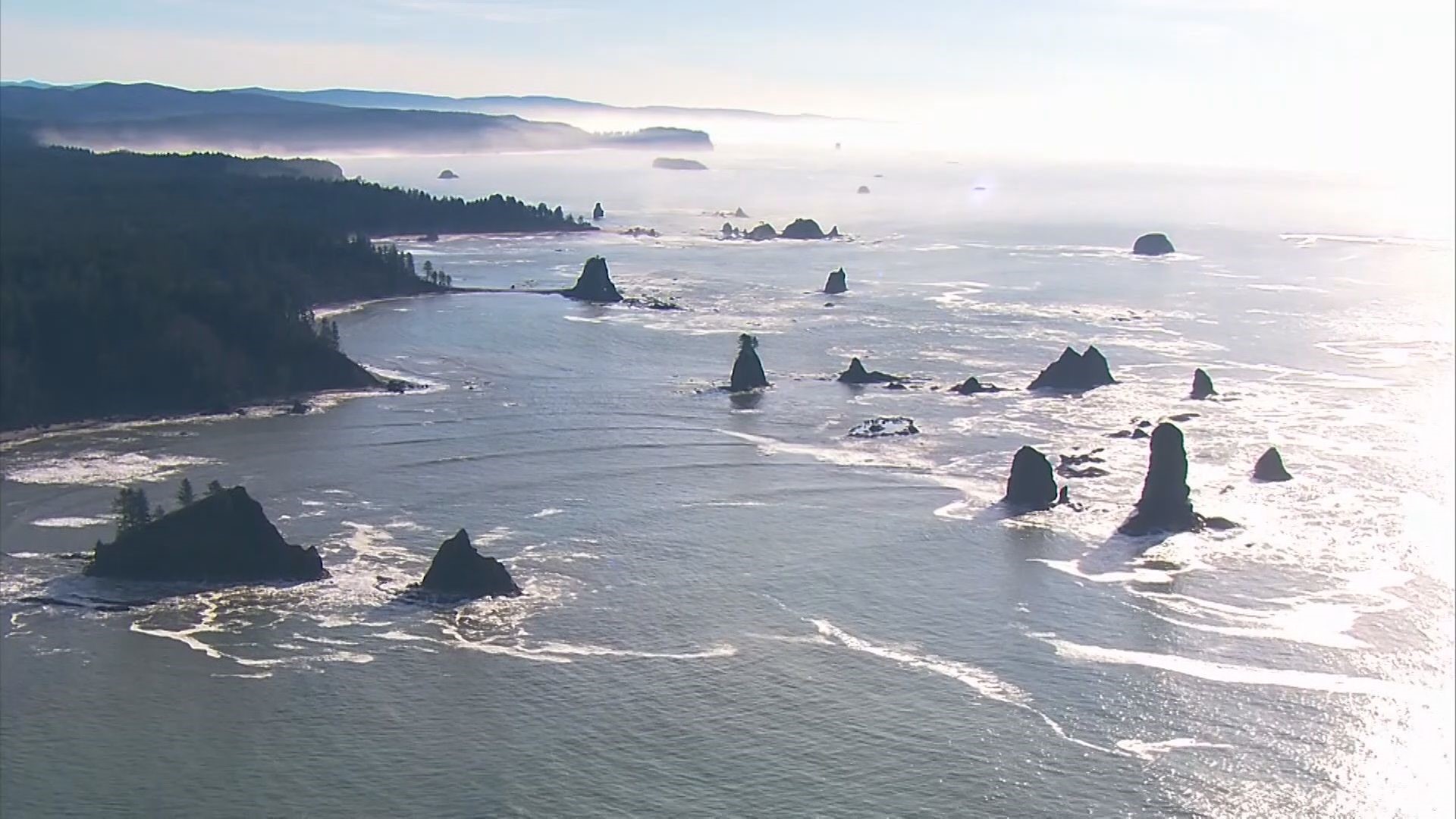OREGON, USA — Friday marks more than three centuries since one of the most devastating earthquakes to ever rattle the Pacific Northwest: The Great Cascadia earthquake shook with a magnitude 9.0 as 700 miles of fault lines moved underneath the ocean.
The coastline still shows evidence of the West Coast’s strongest earthquake on record that struck on Jan. 26, 1700.
“It’s not common that we know the details of earthquakes from centuries past, but we do about this one in particular,” said Diego Melgar.
Melgar, the associate professor of Earth Sciences at the University of Oregon, has been researching the earthquake that struck 324 years ago.
How do we know it happened?
"We know because of clues in the landscape that have been left behind by that earthquake: the very famous ghost forests that are up and down our coast. Forests that subsided; the land dropped six feet during the earthquake," Melgar said.
Those trees went into the ocean and were left behind. Melgar said the forests were from northern California to British Columbia. Researchers then looked at tree rings and figured out when they died; Melgar said the only logical reason is a big earthquake.
Nine hours after the earthquake struck the coast, the waves of the tsunami started to reach Japan, where more of the details of what happened were first discovered.
"That's how we know the day, Jan. 26 — written accounts from Japan from what we call the 'orphan tsunami,' a tsunami that killed people in Japan that produced damages, but for which there was no shaking," Melgar said.
When the earthquake happened, it shook much of the Pacific Northwest for up to two minutes as the tsunami hit the coast with a maximum wave height of 65 feet.
The earthquake still ranks as the fifth strongest in the world. The earthquake in Indonesia in 2004 and Japan’s Tohoku earthquake in 2011 were slightly stronger, but it’s an event that's expected to be repeated.
"It will happen again," Melgar said. "It’s an unavoidable truth of living in the Pacific Northwest."
Researchers said there are things that can be done to prepare.
"We actually know how to fix this problem," Melgar said. "We just have to invest in earthquake retrofits and better building codes and updating tsunami zoning, and where we put our schools and firehouses."
Taking steps now can better protect us and save us when our next big earthquake strikes, researchers said.

